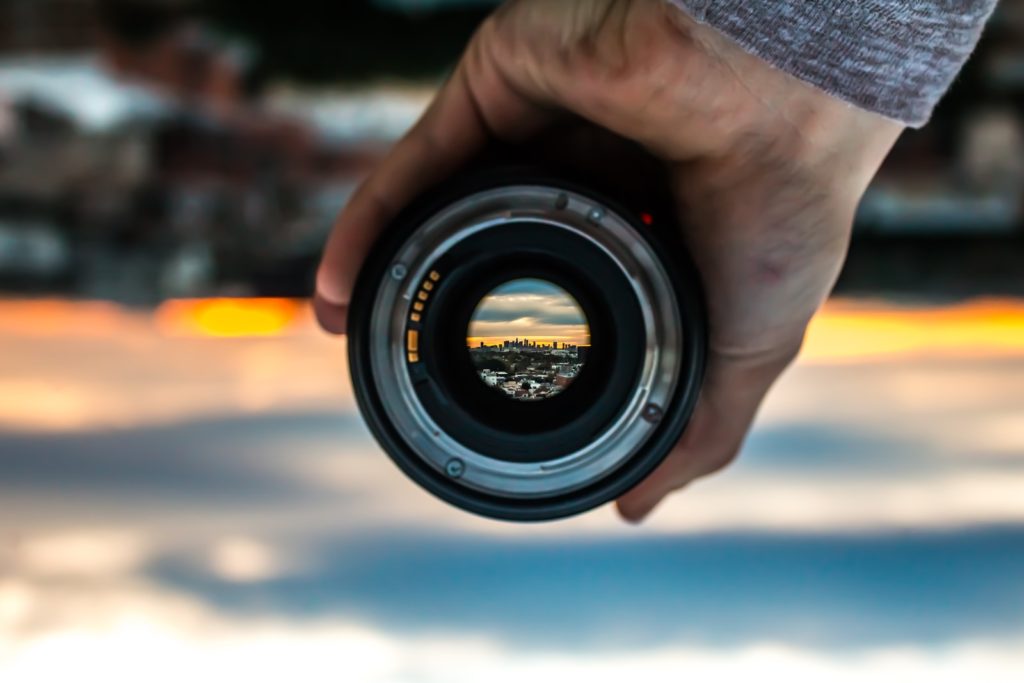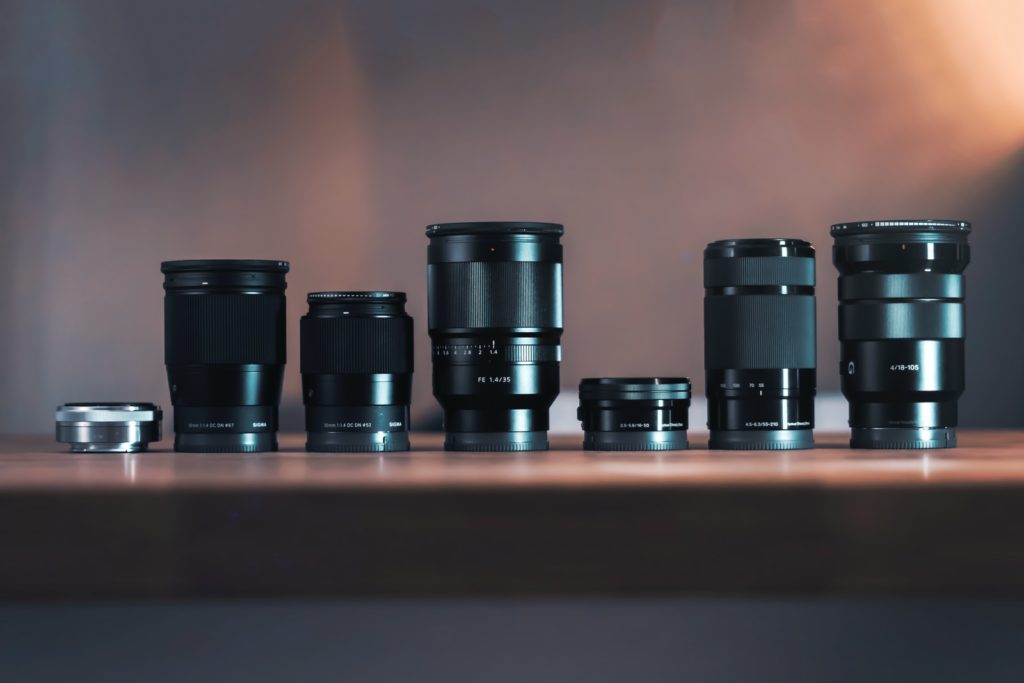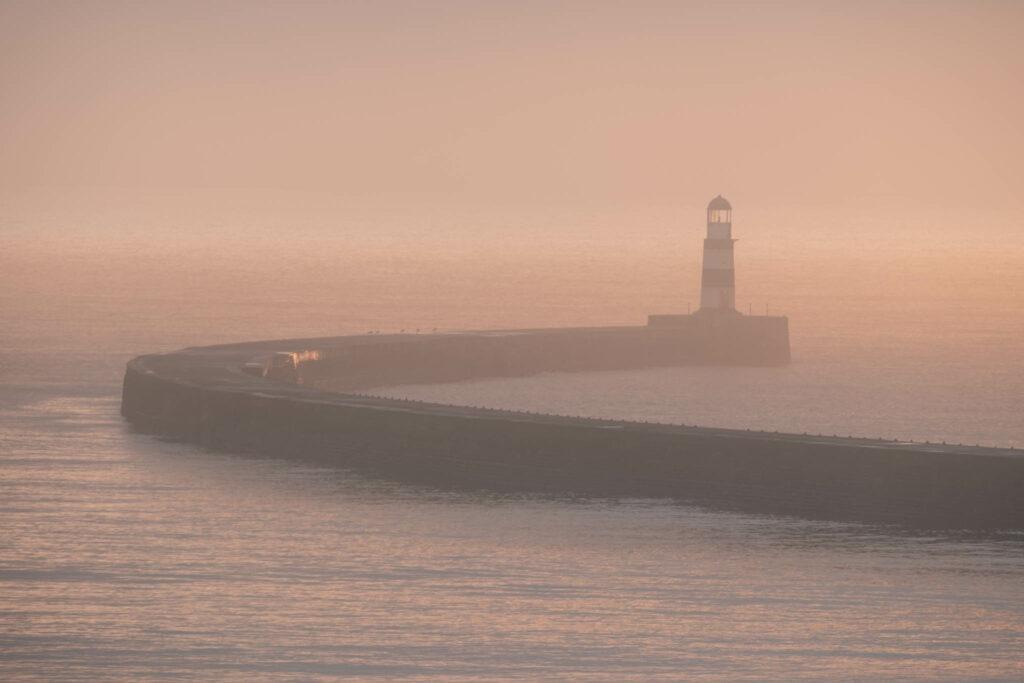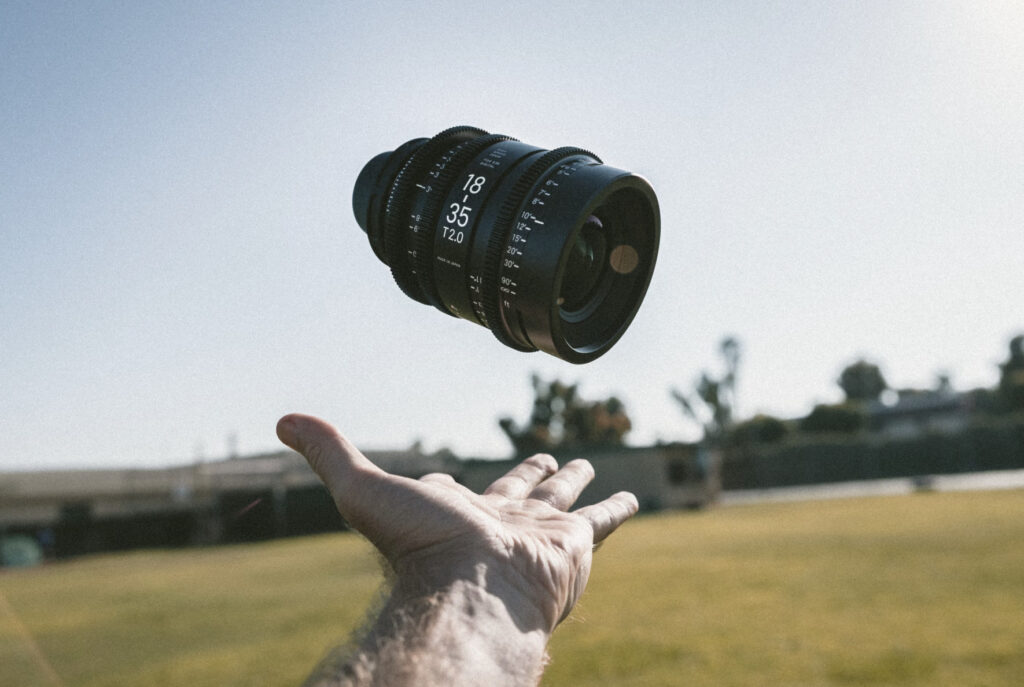What do you do when you look at your photos and they all feel flat, they lack character, or none of them “pop”? You need to improve image quality!
In the past, I’ve addressed how to approach this problem when a lack of inspiration or creativity is the underlying issue — as is often the case. But sometimes it actually is your gear that presents certain limitations.
It’s easy, especially for new photographers, to look at your photos and convince yourself that a camera upgrade will solve your problems. A bigger sensor, perhaps; maybe more megapixels; an improved autofocus system couldn’t hurt.
These aren’t really the factors you should be preoccupied with. I’m sure you’ve heard it said before that there aren’t any truly bad cameras on the market today. No, not all sensors are created equal but they’re all good performers, especially when compared to the early days of digital photography when the sensor represented an undeniable variable in the image quality equation.
So if you’re unhappy with the image quality of your photos and the camera (sensor) isn’t the problem, then what could it be?
Improve Image Quality With Lenses
Good glass is everything. And just so you know, “good” doesn’t always equate with “expensive.”
The lens that came with your camera — usually referred to as a kit lens — is probably a competent lens. It’s versatile, lightweight, sharp enough. But when you reach the point where you want image quality that rises above merely being competent, it’s time to set your kit lens aside.
Prime And Zoom Lenses
Probably the most commonly acquired kit lens replacement is a prime lens. A prime lens is a lens with a single focal length. Compared to a zoom lens (which a kit lens usually is) a prime lens contains fewer moving parts, fewer glass elements, and a simpler optical design (the result of this is fewer aberrations).
Being optimized for a single focal length also means prime lenses can have larger apertures while remaining relatively lightweight and compact.
Zoom lenses, as mentioned, are convenient as they allow you to cover several focal lengths with one lens. However, the complexity involved in designing such a lens means that tradeoffs for convenience will come in the form of optical performance, size, and weight.
There are indeed some excellent zoom lenses available but they come with a hefty price tag. However, you can certainly improve image quality with them.

Lens Options
The 50mm lens is a lens so popular that it has a universally recognized nickname — the “nifty fifty.” This is a lens that is portable enough to have with you at all times and versatile enough to be used for nearly any type of photography.
Some manufacturers make multiple versions of a 50mm lens, from bare-bones entry-level models to high-end versions with premium features like weather sealing and enhanced optics. But even a $150 entry-level 50mm f/1.8 will be a notable improvement over your kit lens.
Of course, there are plenty of other options in the prime lens category, both wider and longer than 50mm.
If you want to ditch your zoom kit lens for a better quality zoom lens, the two most popular options you’re going to encounter are 24-70mm and 70-200mm, usually with a maximum aperture of either f/2.8 or f/4.
These lenses will be both heavier and more expensive than your kit lens but, again, you will see a marked improvement in image quality.

Final Thoughts
A good photo always starts with things like a good eye, good composition, good photographic technique. But image quality does matter, so if you want to get the best bang for your buck, spend most (or all) of your gear budget on glass.
A good lens, in both the short term and the long term, will be far more valuable to you than regular camera body upgrades.





1 Comment
Jason,
Good article, thanks. I’m an amateur but vacation in Italy and take a lot of city pictures and inside of churches. I currently use the Fuji X T30 with the XF 18-55mm 2.8-4 R LM OIS. I like it, it is light to carry around on my camera all day and I don’t have to carry an extra len to change. Should I continue with my current set up or do you have a suggestion for a better len to get even better quality pics. Thank you again. GaryM